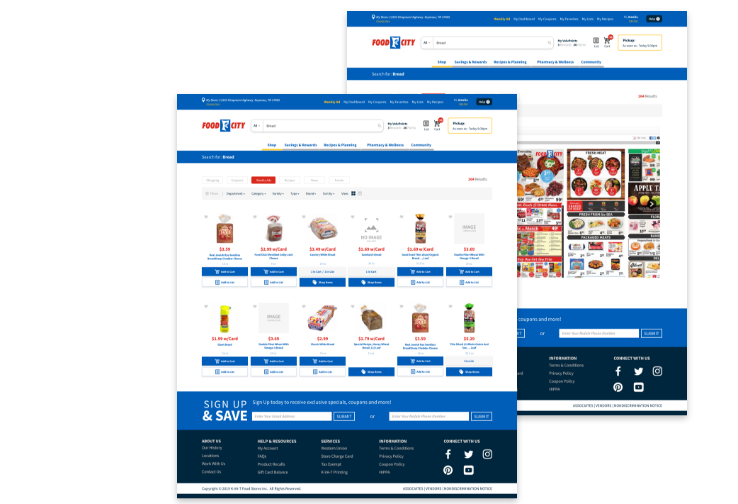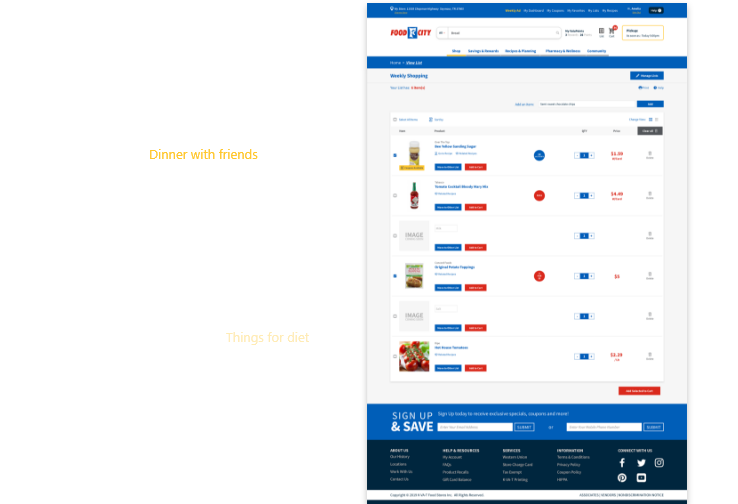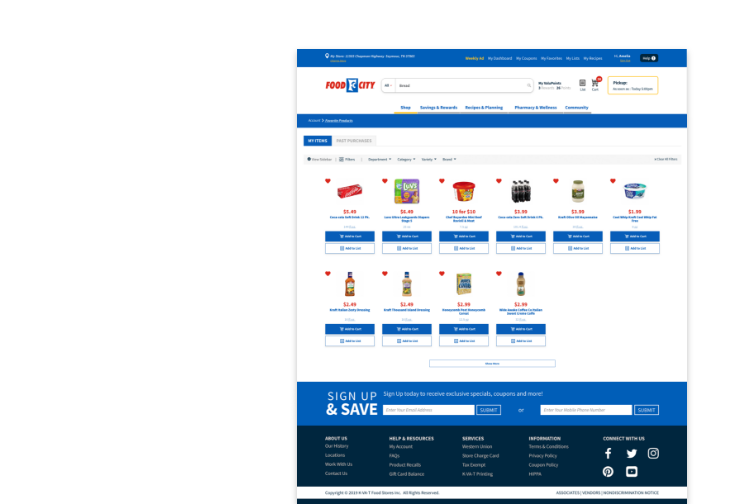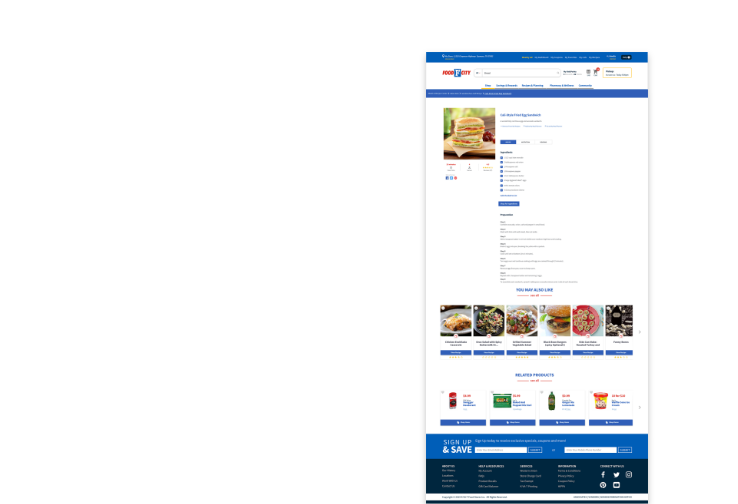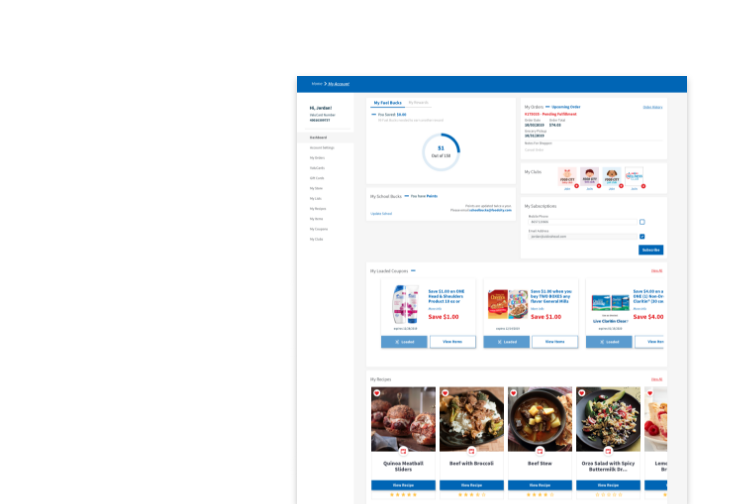
Wellness Club — Pandemics: What We Can Learn from COVID-19
Abingdon, VA. -
Wednesday, Apr 1, 2020.
by Rebecca Webb, PharmD Pharmacy Clinical Services Manager, K-VA-T Food Stores
In light of our country’s current situation with the coronavirus disease 2019 (COVID-19), now more than ever it is important to become educated about pandemics. This includes learning new terminology and also adapting to new roles during this unprecedented time. Ultimately, the more informed we are, the better we will be at preparing and protecting ourselves and our loved ones now and in the future.
What is a pandemic and how is it different than an epidemic?
According to the World Health Organization (WHO), “a pandemic is the worldwide spread of a new disease.” 4 The Centers for Disease Control and Prevention (CDC) refers to an epidemic as, “an increase, often sudden, in the number of cases of a disease above what is normally expected in that population in that area.” 3 Therefore, a pandemic is an epidemic that has transmitted over countries and continents and typically involves a significant amount of people.
What is the difference between social distancing, quarantine, and isolation?
The terms social distancing, quarantine, and isolation are often heard during the time of a pandemic. Social distancing refers to intentionally increasing the physical space among people in order to prevent the spread of disease. Examples of this include working from home; closing schools and non-essential businesses; and cancelling or postponing public functions, conferences, and meetings. Quarantine, on the other hand, is intended for those individuals who have been exposed to the sickness but do not have symptoms. This keeps this population from inadvertently spreading the sickness to others. The purpose of isolation is to keep those who have confirmed infection away from healthy, non-infected people.
What does “flattening the curve” mean?
The phrase “flattening the curve” essentially refers to the graph of infected cases over time. If an increase in the number of infected cases occurs quickly, it can overload the health care system and result in a shortage of critical supplies. This is represented by a sharp spike on the graph of infection over time. However, if the virus spreads at a slower rate and infects less of the population due to preventative measures (i.e., social distancing), the curve on the graph of infection will be much lower. In this situation, the health care system has a much better chance of handling the infection over time.
How do you prepare and protect yourself and loved ones during a pandemic?
Utilize preventative behaviors at all times to stop the spread of infection.
o Cough and sneeze into tissues. Remember to cover your mouth and nose appropriately. Throw used tissues away in the trash.
o Frequently wash your hands with soap and water for a minimum of 20 seconds. This should be routine after going to the bathroom; before eating; after coughing, sneezing, or blowing your nose; and after being in a public location. When soap and water are unavailable, use a hand sanitizer that contains at least 60% alcohol. Cover the entire surface of your hands and rub them together until they are dry.
o On a regularly basis, clean the areas of your home that are touched often (i.e., door handles, light switches, handrails, tables, countertops, toilets, faucets, phones, etc.).
o When possible, avoid touching your face (especially your eyes, nose, and mouth).
o Refrain from any type of close contact with individuals who are sick or who may be sick.
o If you are sick, stay at home unless you need medical attention.
o If available, wear a facemask if you are sick.
o Designate a room (and bathroom, if possible) within your home that can be utilized for only individuals who are sick.
Form an action plan with family and loved ones.
o Have a discussion with those individuals involved in your plan about what to do if the infection reaches your area.
o Organize how you will communicate with each other (i.e., phone, email, etc.) and where you will meet if needed in an emergency.
o Create a list of emergency phone numbers and place it in an accessible location.
o Develop a strategy for caring for those who are more susceptible to severe complications of the infection.
o Always keep up-to-date about the current situation in your community.
Implement basic steps to remain healthy in general.
o Eat nutritious foods.
o Drink plenty of fluids.
o Do not smoke.
o Exercise routinely.
o Allow for adequate sleep and rest.
o Manage your stress and take care of your emotional needs.
What actions should you take once a pandemic has officially ended?
Once a pandemic has ended as determined by public health officials, it is important to assess the effectiveness of your action plan. It is also essential to maintain those every day behaviors that prevent the general spread of illness. Furthermore, continue to strive for a consistent healthy lifestyle, both physically and mentally. Your Food City Pharmacy team members are here for you during this time. If you have questions or concerns about COVID-19 or pandemics, please let us know.
References:
1. Coronavirus Disease 2019 (COVID-19). Get Your Home Ready. Centers for Disease Control and Prevention (CDC) website. https://www.cdc.gov/coronavirus/2019-ncov/prepare/get-your-household-ready-for-COVID-19.html. Accessed March 24, 2020.
2. COVID-19: Understanding Quarantine, Isolation and Social Distancing in a Pandemic. Cleveland Clinic website. https://health.clevelandclinic.org/covid-19-understanding-quarantine-isolation-and-social-distancing-in-a-pandemic/. Accessed March 19, 2020.
3. Principles of Epidemiology in Public Health Practice, Third Edition. An Introduction to Applied Epidemiology and Biostatistics. Lesson 1: Introduction to Epidemiology. Section 11: Epidemic Disease Occurrence. Centers for Disease Control and Prevention website. https://www.cdc.gov/csels/dsepd/ss1978/lesson1/section11.html. Accessed March 23, 2020.
4. What is a pandemic? World Health Organization (WHO) website. https://www.who.int/csr/disease/swineflu/frequently_asked_questions/pandemic/en/. Accessed March 19, 2020.
